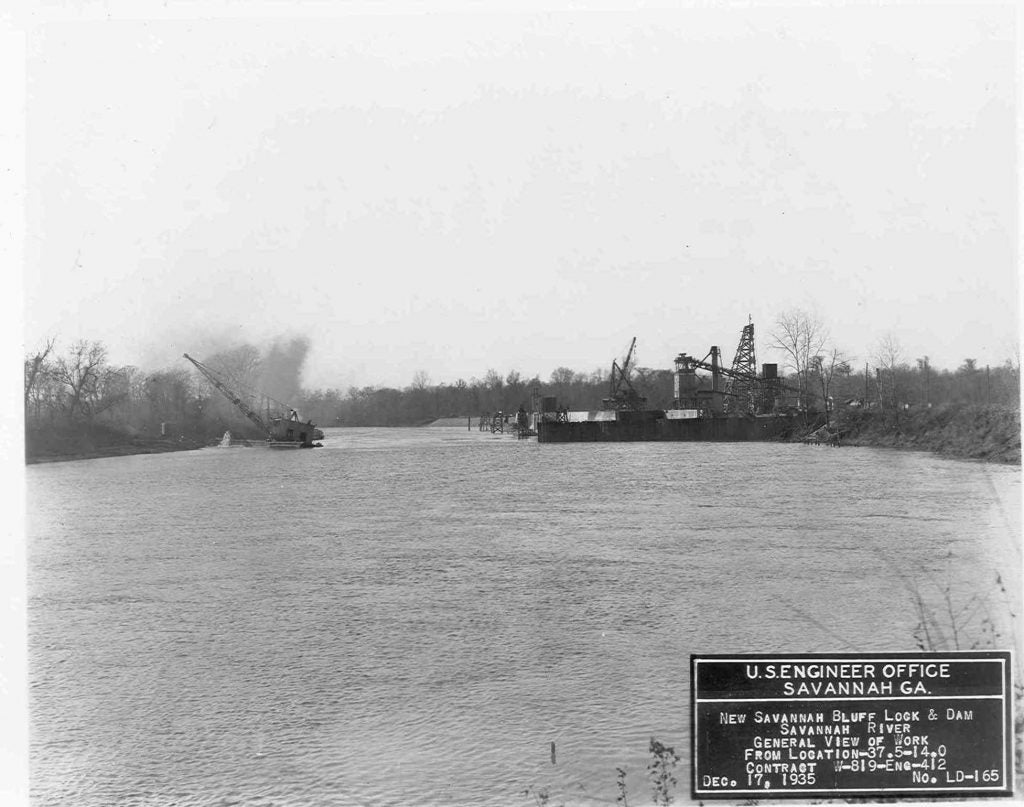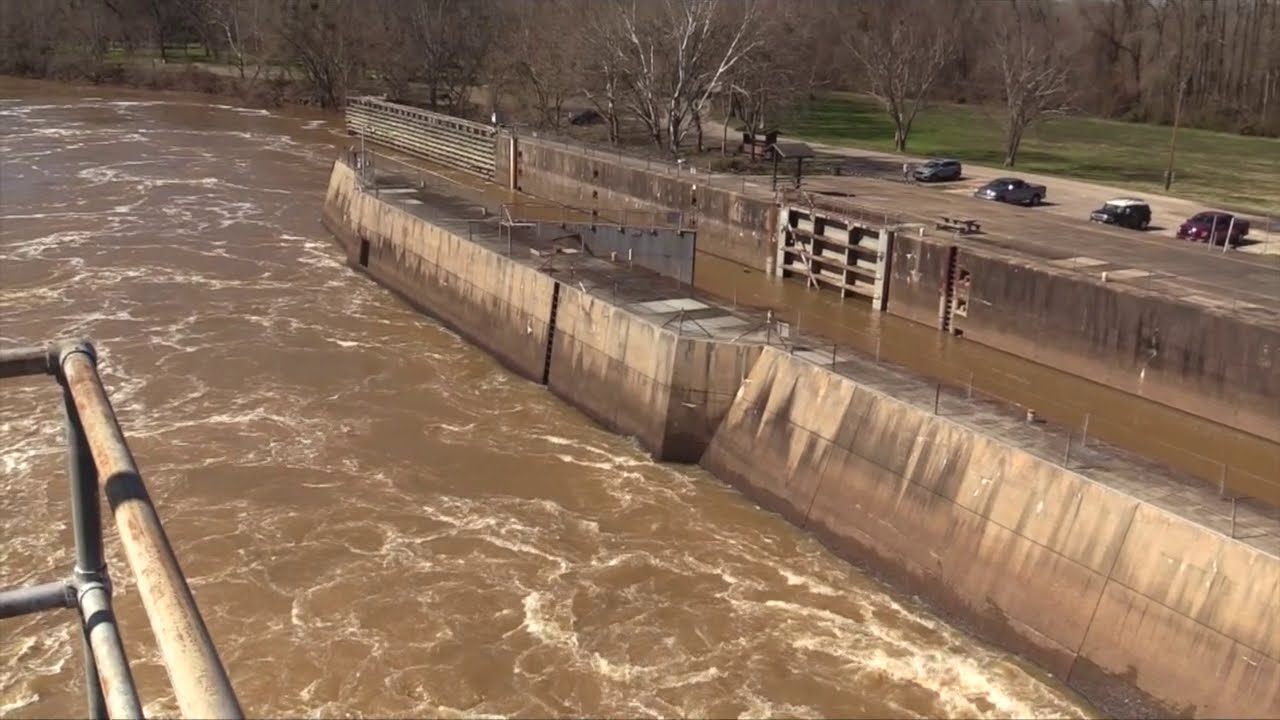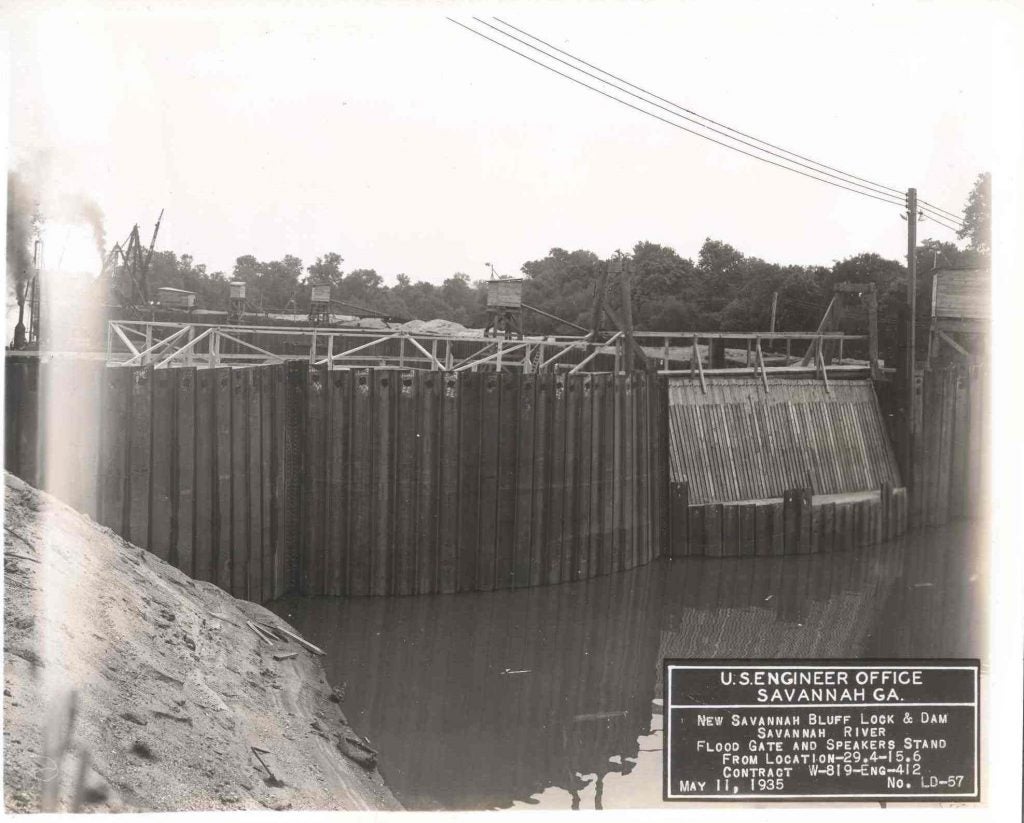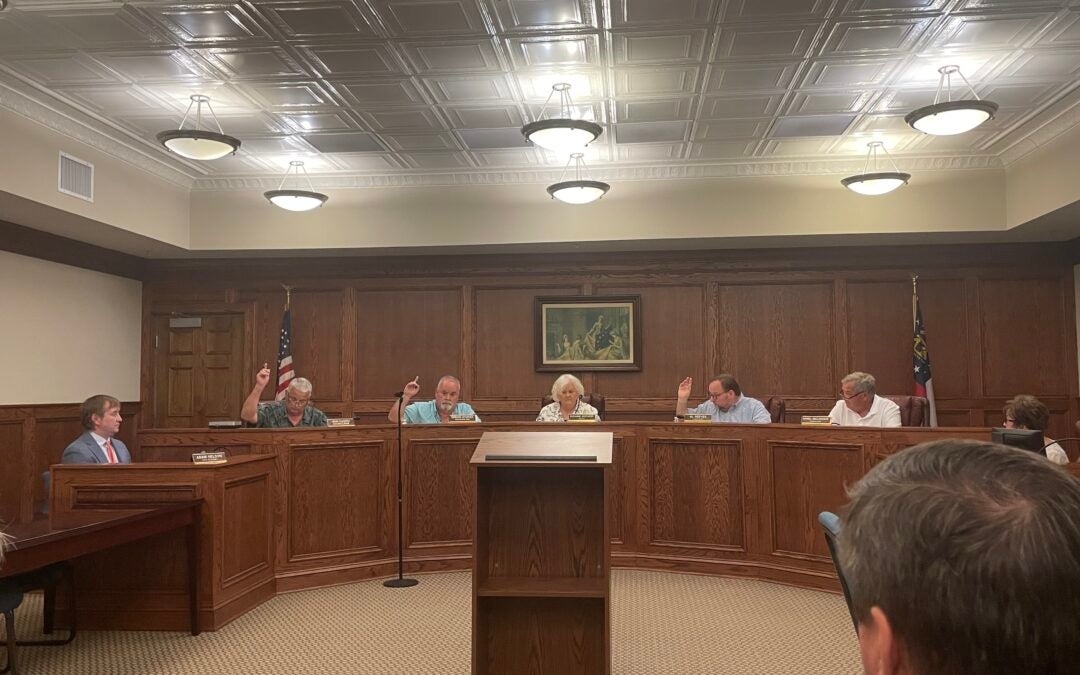The legal issues surrounding the New Savannah Bluff Lock and Dam are not likely to be resolved any time soon.
An ongoing legal battle on the future of the Lock and Dam and the pool levels downtown is the main controversy. The condition of the structure and the costs to repair are part of the argument for the Corps of Engineers wanting to remove the structure. The locks themselves still function but are constantly needing repair, stated Corps personnel. The structure was built in 1937.

The Corps of Engineers appealed a recent decision in the case to the Fourth Circuit Court of Appeals in Richmond, Va., on Nov. 23, 2020. On Monday Feb. 22, a notice of scheduled mediation was filled in the case.
A mediation call is supposed to take place on March 9, and the Corps brief is due to be filed on or before March 23.
Recently, The Augusta Press staff was able to take a tour of the Lock and Dam to see firsthand the degree of deterioration the structure has sustained.

The video elsewhere on this page shows an overview of the some of the more visible damage to. According to the Corps of Engineers representative who guided the tour, high water levels did not allow much of the damage to be visible.
Structurally the locks seem to be functional but in need of repairs. A 1978 report on the condition was the most recent unclassified analysis available. A copy of that report can be downloaded here.
Details in the report indicate that the visible cracking of the concrete was caused from the mixing of multiple chemicals in the concrete makeup. The cracking appears to be within normal limits, according to the report.
Up close, the cracking from this can easily be seen. The guide on the tour stated that just below the water levels are cracks large enough to stick a man’s hand and arm into.
Because the report is nearly 35 years old, the guide said the cracking likely has gotten worse since the report was written. Nothing in the report, site visit or conversation with Corps personnel, however, seemed to indicate there was any significant structural risk of failure.

Photo courtesy of the Corps of Engineers. 
Photo courtesy of the Corps of Engineers.
According to the Corps staff, the structure is operated remotely from Clarks Hill Dam. Very few resources, both in terms of dollars and manpower, are spent repairing and monitoring the dam. So little focus is given to it because very few boats travel through the locks, and the structure is not designed for flooding control.
Overall, the structure was in much better condition than might be anticipated from news coverage on the question of demolishing the structure. Local Corps staff do not believe there are any urgent concerns about the lock and dam failing any time soon.
The controversy around the dam comes from two issues, neither related to the structure itself: sturgeon and the pool level in downtown Augusta.
It was stated during the tour by Corps personnel that sturgeon would swim right up to the dam and stop, and that on a clear day, they were visible in the water and because of this, many people fish the waters just south of the dam.
Sturgeon spawn in areas with gravel or rocky river bottoms. According to the Corps spokesperson, only two small sections south of the dam meet that description. During the tour the guide stated that upstream north of downtown would make ideal spawning grounds for the sturgeon.
The case is currently tied up in court and the future of the Lock and Dam seems to be unclear.
Joe Edge is the Publisher for The Augusta Press. Reach him at joe.edge@theaugustapress.com












